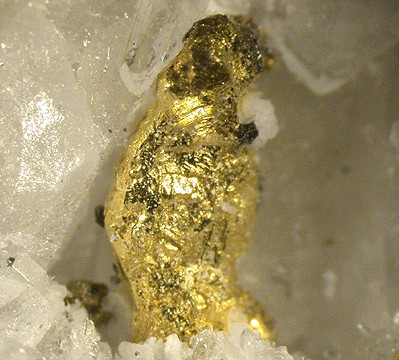Mining for gold—in sewers? In turns out a group of ASU researchers has found there’s literally million of dollars worth of gold, silver and other precious metals found in sewage sludge, the gooey stuff left behind from treating sewage.
Freelance journalist Warren Cornwall, in a feature article in Science magazine, explores new ASU research led by Paul Westerhoff, Rolf Halden and others, that looked at the monetary haul from society’s detritus.
“The upshot: There’s as much as $13 million worth of metals in the sludge produced every year by a million-person city, including $2.6 million in gold and silver, they report online this week in Environmental Science & Technology.
That amount won’t be rattling the world gold market, nor would it be feasible to extract every last bit. But the study’s lead author, environmental engineer Paul Westerhoff, says it could prove worthwhile for cities looking for ways to gain value from something that can be a costly disposal problem.
Focusing on 13 of the most concentrated minerals with the highest value, the scientists put the haul at $280 per ton, or $8 million for that hypothetical million-person city. That included such precious metals as platinum, gold, and silver, as well as more common copper, iron, and zinc. A metric ton of sludge contained 16.7 grams of silver and about a third of a gram of gold. Even then, the practical value could be less, as the estimate was based on extracting every bit of the metals.”
The study doesn’t spell out the potential cost of getting at these metals or the price society pays for leaving them in the sludge, such as added pollution. “The next thing is to look at whether it’s economically or technically viable,” Westerhoff says. “We think it is.”



Why are all of these metals in the sewage? Who throws out gold and silver into a sink or toilet? Are there people out there pooping silver and golden eggs? What am I missing?